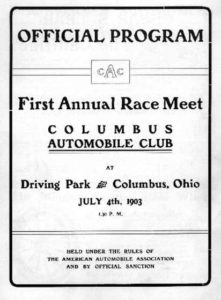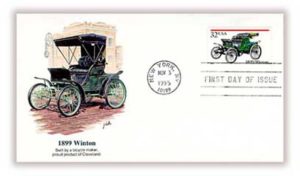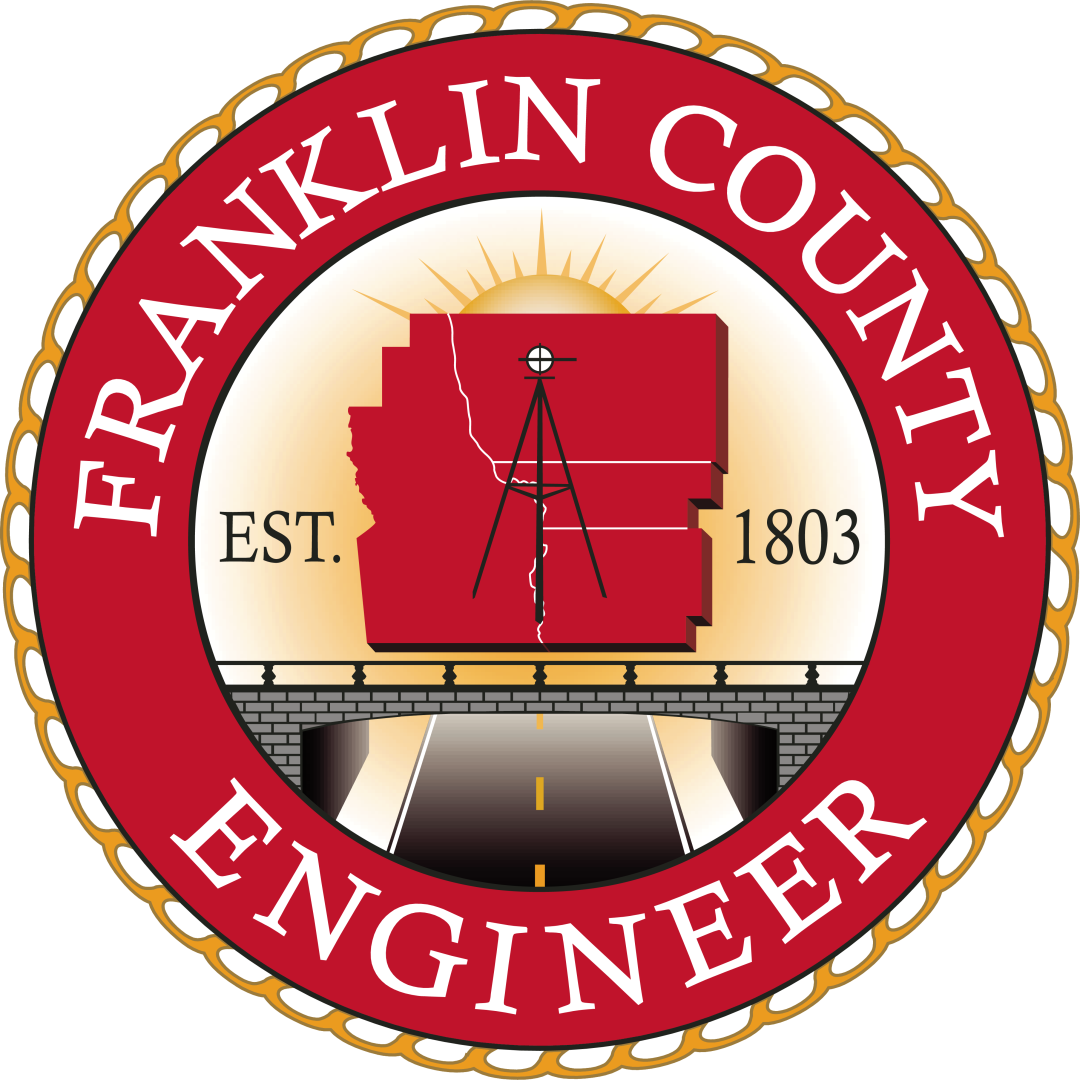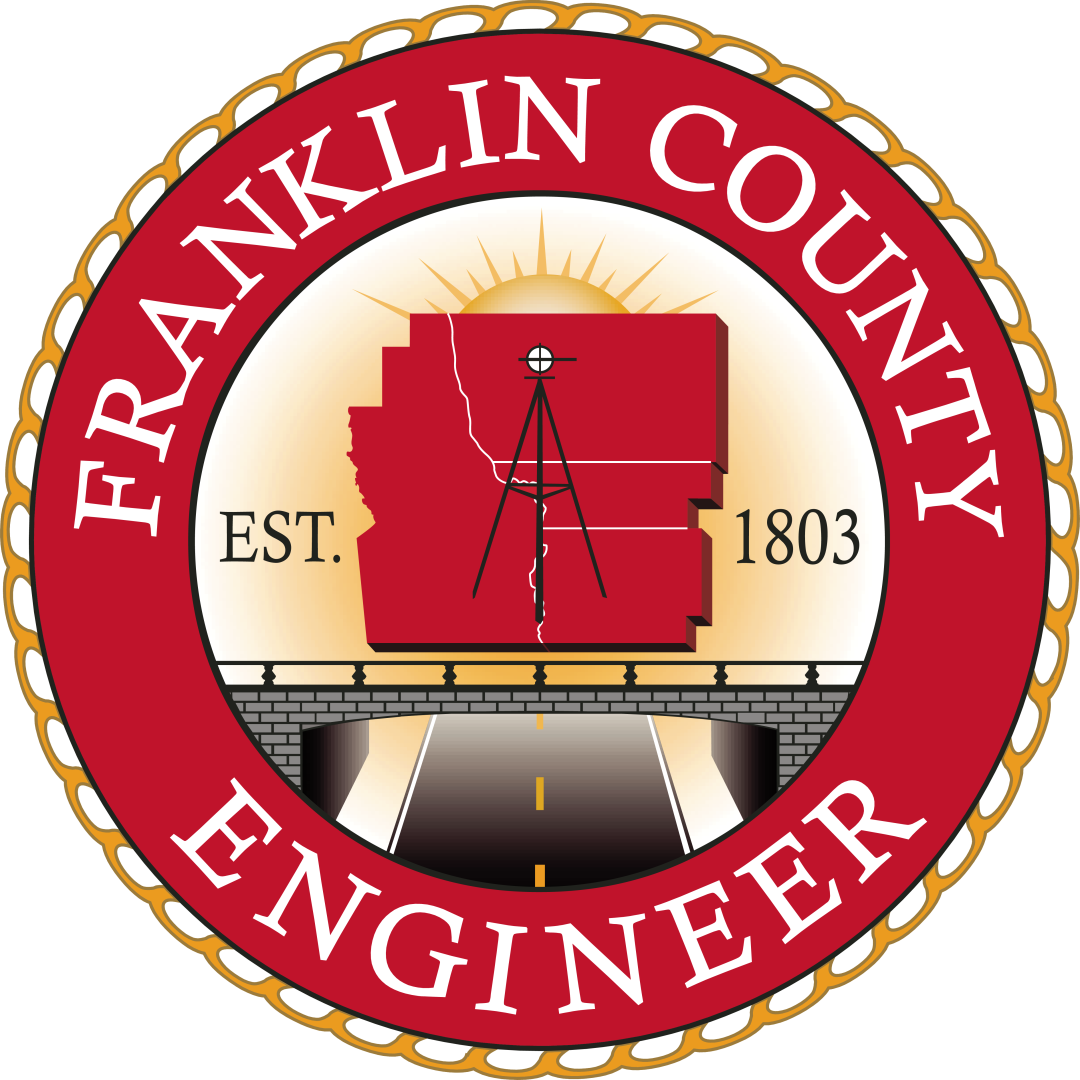Highway Chronicle Chapter 9
Auto Age Arrives, Ohio Highway Department Established

I am text block. Click edit button to change this text. Lorem ipsum dolor sit amet, consectetur adipiscing elit. Ut elit tellus, luctus nec ullamcorper mattis, pulvinar dapibus leo.The Auto Age began in Franklin County in September 1899 when businessman Campbell T. Chittenden bought the region’s first “horseless carriage” from the Winton Motor Carriage Company in Cleveland. The $1,000 gas-powered vehicle could reach a maximum speed of 33 m.p.h.
Two months later, inventor Perry Okey built the first automobile in Columbus and “motored” around the county to much acclaim.
In 1903, 16 horseless carriage owners joined together to form the Columbus Automobile Club, and more than 10,000 spectators gathered at the Columbus Driving Park, on July 4, to witness daredevil Barney Oldfield break the automobile speed record by hitting 70 mph behind the wheel of a Peerless Green Dragon.
To help meet the challenges of growing automobile travel, the legislature established the Ohio Highway Department in 1905 and Ohio Bureau of Motor Vehicles in 1906.
The highway department initially designated county surveyors to be their representatives in identifying and repairing roadway problems. They also oversaw the distribution of state funding derived from registration fees, first collected in 1908, and the two-cent per gallon gas tax initiated in 1925.
By 1930, there were 107,000 automobiles registered in Franklin County that accentuated the need for dramatically improved travel. At the time, there were still 183 miles of earthen roads and 386 miles of macadam roads that were dusty rut filled thoroughfares that often turned to mud.






